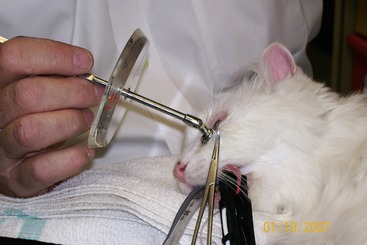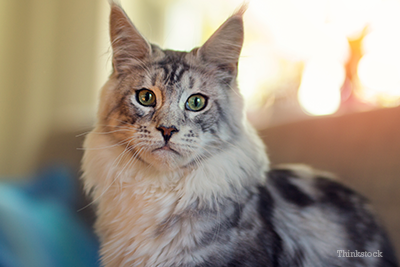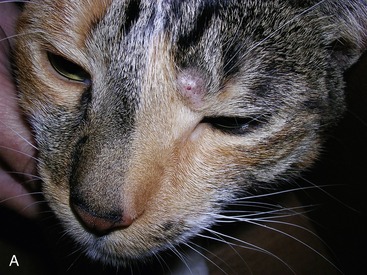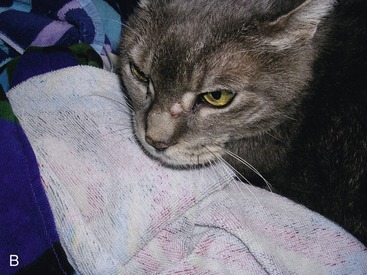mast cell tumor cat neck
However many affected cats show a genetic mutation in the KIT protein involved in replication and cell division. The clinical signs of feline mast cell tumors depend on the location of the tumor.

Feline Mast Cell Tumours Blackwood 2015 In Practice Wiley Online Library
Two distinct variants occur.

. Mast Cell Tumor Average Cost. They are small firm raised hairless and can become itchy. Mast cell tumors are the most common splenic tumor tumor of the spleen second most common skin tumor and third most common intestinal tumor in cats.
Cats affected by these tumors are generally middle-aged and even older. Mast cells are cells originating in the bone marrow from hematopoietic precursors and can be found in the skin connective tissue gastrointestinal tract and respiratory system. Some cats will cause self-trauma by itching and chewing during these flare-ups.
Cutaneous MCTs most often appear as hard. The tumors are single hairless lumps generally 08 to 12 inches 2 to 3 centimeters in diameter. Their cause is unknown.
Cats with MCTs will have multiple nodules and about 25 will have some ulceration of the masses present. They usually protect a cats body from allergens. Your cat may or may not have some itching in those areas depending on how it reacts to histamine.
The mast cell type is most common. Mast cell tumors appear on cats as small firm hairless raised bumps or lumps on the skin. These represent 1421 of all skin tumors diagnosed in dogs.
Why they mutate is unknown but it is probably due to a variety of factors. From 526 quotes ranging from 3000 - 8000. Mast cell tumors can form nodules or masses in the skin and other organs and cause enlargement of the spleen and intestine.
Mast cells are first-line defensive cells against various infectious agents. Cutaneous mast cell neoplasia was diagnosed in 14 cats from January 1975 to September 1985. Squamous cell carcinoma SCC is the most common tumor over 70 of the feline oral cavity followed by fibrosarcomas 10-20 and other tumors osteosarcoma epulides lymphoma melanoma etc.
Cutaneous skin mast cell tumours most commonly affect the head and neck and affected cats develop one or multiple nodules or plaques in the skin. They are found primarily in cats older than 4 years old. They can look and feel like a lipoma or benign mass under.
But it must be said that it is quite common for a cat to come out of this pathology in the best conditions including small kittens. A mast cell tumor MCT is a type of tumor consisting of mast cells. Boxers and Boston terriers make up 50 of all cases.
Mast cell tumors are initially diagnosed by fine-needle aspriation FNA cytology. Cutaneous MCTs appear on the skin. Mast cell tumor in cats can occur anywhere on the animals body but is most common on parts such as the skin on the head or neck.
Approximately 20 of skin masses in cats are cutaneous mast cell tumors and about 90 of those are benign. Cholangitis and Cholangiohepatitis in Cats. They are usually noticed in middle aged patients but can occur in patients of any age.
Review of the available medical records and client communication provided information on tumor description location and recurrence and each cats current status. Mast cell tumors are the most common type of skin tumor found in dogs and the second most common skin tumor in cats. Catsmiddle-aged 89 years of age for mast-cell tumors affecting the skin known as cutaneous mastocytoma and older cats for mast-cell tumors found in the intestines or spleen.
Typically they are shiny pink hairless nodules on the skin but there are many variations on this. Cutaneous mast cell tumors present as lumps swellings or lesions in the skin or under the skin usually around the head and neck but sometimes elsewhere. A mast cell type and a histiocytic type.
Mast cell tumors MCT can occur in the skin spleen or gastrointestinal tract of cats. They may develop anywhere on the body but are most commonly found on the head and neck. Mastocytoma is a tumor that consists of an over-proliferation of mast cells.
In a study that documented skin tumors in 340 cats 26 were identified as basal cell tumors 21 mast cell tumors 15 squamous cell carcinoma and 15 fibrosarcoma. Most mast cell tumors arise in the skin but technically they can arise anywhere that mast cells are found. One form of cutaneous mast cell tumour is commonly seen in young cats most commonly in Siamese cats and this form spontaneously regresses over 6-24 months.
Most dogs develop mast cell tumors in their skin or subcutaneous tissue. A mast cell tumor is caused by mutated mast cells. Typically they are shiny pink hairless nodules.
Mast cell tumors were the only tumors diagnosed in cats. These types of tumors comprised 77 of all the cases. Mast cell tumors are also sometimes referred to as mastocytomas.
In cats mast cells typically develop on the head and neck especially around the base of the ears. If surgical excision is incomplete radiation therapy as a follow-up is generally successful at cleaning up any leftover cells. Tumors located on the head often involve the base of the ear and rarely affect the mouth.
Twenty-three cutaneous mast cell neoplasms were surgically excised examined and graded. Cholangitis Cholangiohepatitis in Cats. In contrast to dogs the head and neck are the most common sites for MCTs in the cat followed by the trunk limbs and other miscellaneous sites.
They may also develop tumors internally but this is less common. The number of cases was highest in cats older than 10 years of age. Symptoms of canine mast cell tumors symptoms can vary depending on the location of the tumor.
Mast cells are normal white blood cells found in body tissues like the skin or the spleen. They may develop anywhere on the body but are most commonly found on the head and neck. They usually protect a cats body from allergens.
Mast cells are a type of white blood cell that plays a large role in allergic response through degranulation. Mast cell tumors have a tendency to affect older cats over 10 years of age and are especially prevalent in Siamese cat breeds. They can be wide plaques or lumps beneath skin that appears normal.
The median age of cats with oral SCC is 12 years though cats below one year of age and as old as 21 years have been reported. Catshistiocytic form of mast-cell tumors of the skin cutaneous mast-cell tumor occurs in young cats mean age of 24 years. It can be nearly impossible to determine the chicken or egg in those cases.
In this case the treatment of choice would be surgical excision. Mast Cell Tumor Cat Neck Mast Cell Tumors Brookfield Animal. Mast cell tumors are notoriously invasive and difficult to treat.
Cervical Neck Disk Disease in Dogs and Cats. Chronic Kidney Disease in Dogs and. The tricky part comes when the skin tumors spread internally or an internal tumor spreads to the skin.
External skin mast cell tumors generally form on the head neck and body but can be anywhere. The skin form of the feline mast cell tumor typically arises around the head and neck and lesions may be solitary or multiple.

Animal Surgical Center Of Michigan Veterinarian In Flint Mi

Mast Cell Tumors In Cats Symptoms Causes And Treatments

Mast Cell Tumors In Cats Vca Animal Hospital

Mast Cell Tumors Veterinarian In Montgomery Al Animal Hospital Of Montgomery
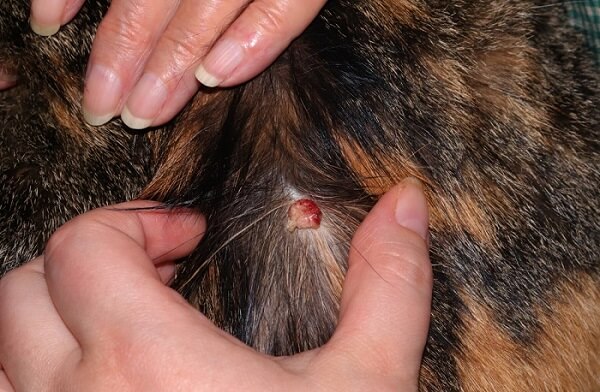
Skin Tumours Histiocytoma In Cats Causes Symptoms Treatment All About Cats
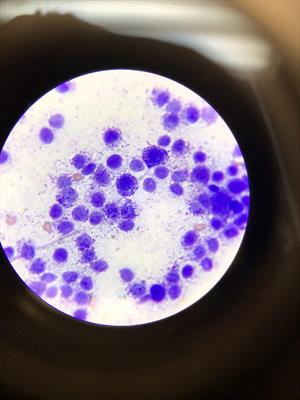
Mast Cell Tumors In Dogs And Cats Veterinary Partner Vin
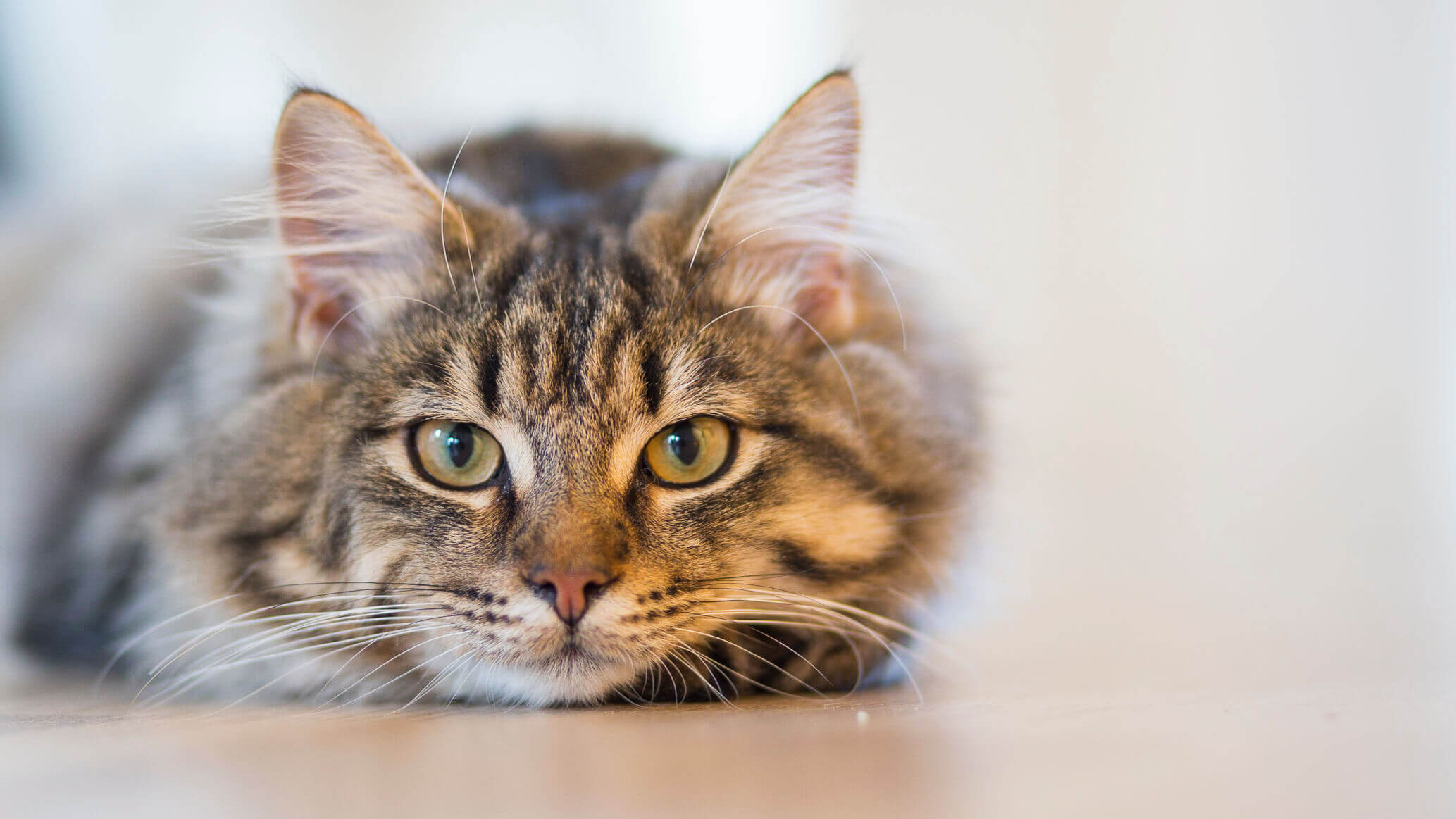
4 Types Of Cat Cancer And Their Common Symptoms

Mast Cell Tumors Veterinarian In Montgomery Al Animal Hospital Of Montgomery
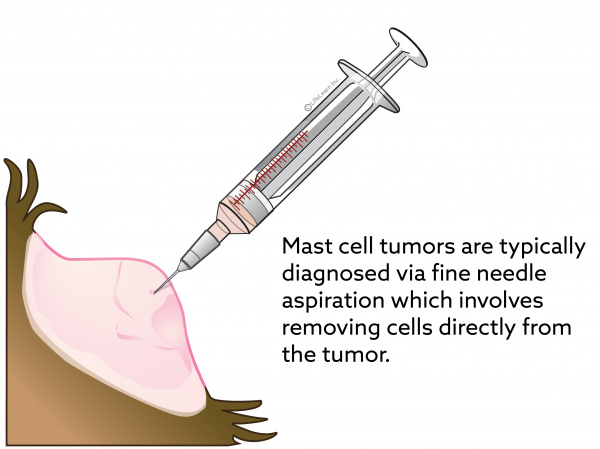
Mast Cell Tumors In Cats Vca Animal Hospital
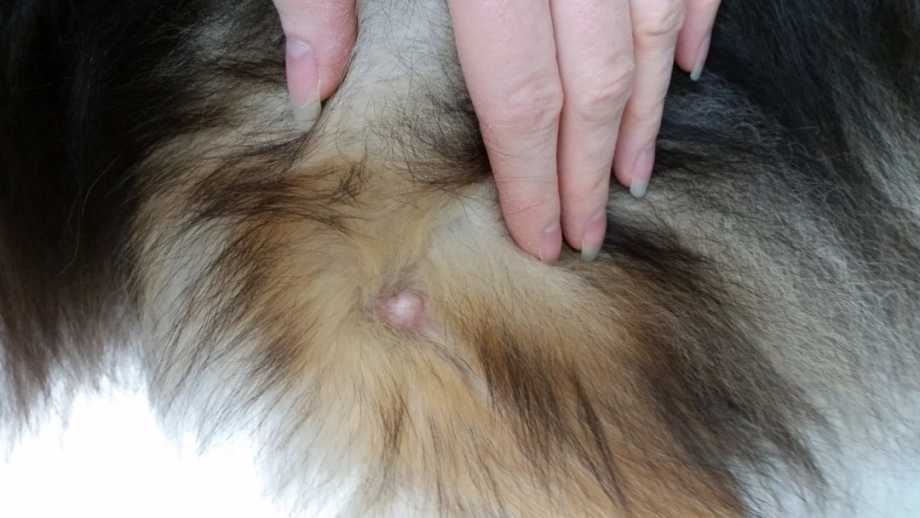
Mast Cell Tumors Mastocytomas In Dogs Small Door Veterinary

Mast Cell Tumors In Cats Symptoms Diagnosis Treatment All About Cats
